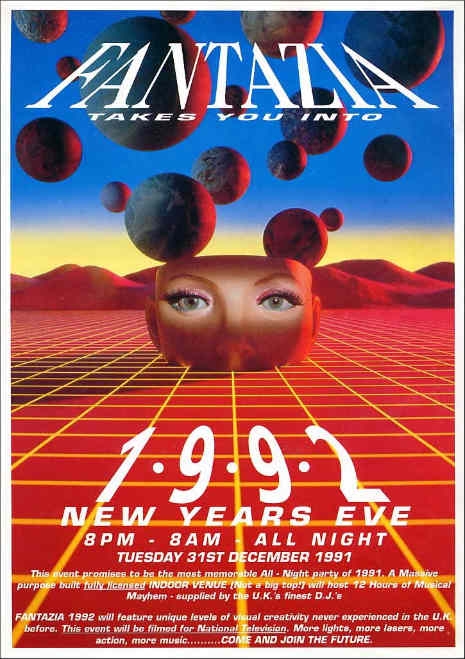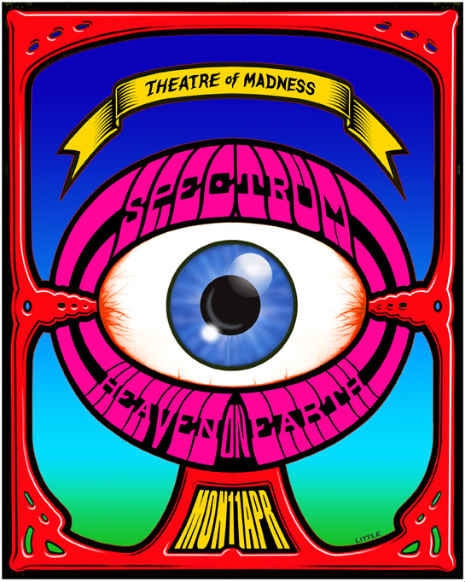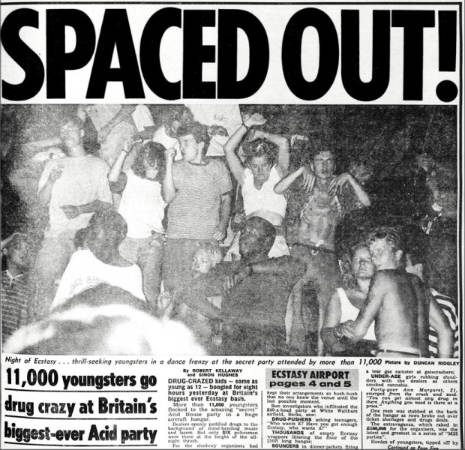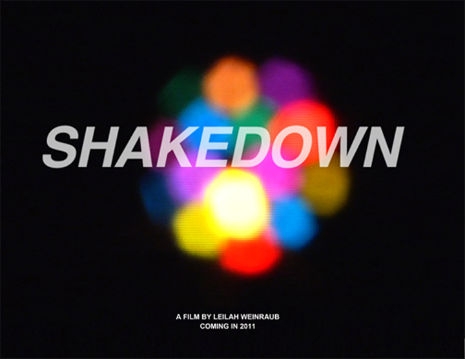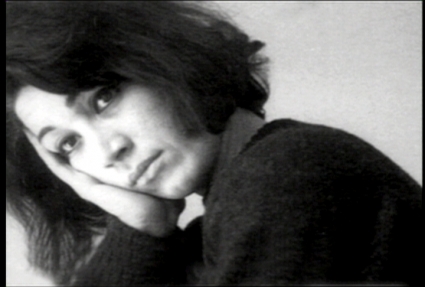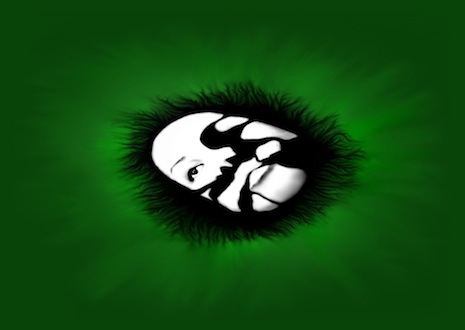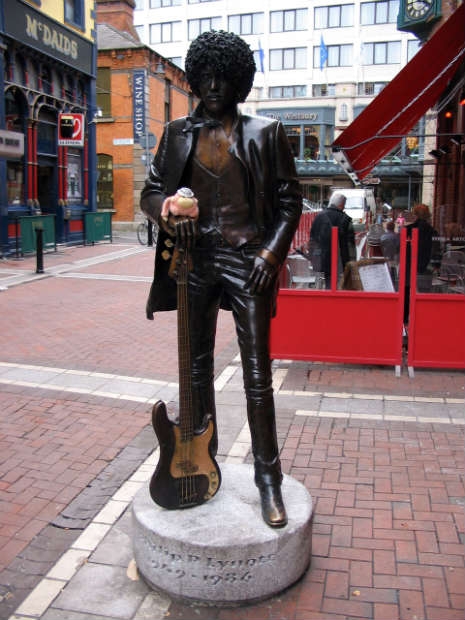
Phil Lynott statue on Dublin’s Grafton St (toy monkey not included)
You’ll have seen the other Thin Lizzy posts that we’ve put up on DM by now, right? Big up to Paul and Marc for the Phil Lynott-loving that has been going on here - Lizzy are an under-appreciated band, who to my knowledge never really broke through in America. Of all the rock act Ireland has ever produced though, Thin Lizzy are by far the best, and most of that legacy rests with the cool, charismatic and incredibly talented Phil Lynott himself.
The Phil Lynott Story goes further than other Thin Lizzy-based docs to explore Lynott’s background, from his teenage mother’s escape from the work houses of wartime Northern England to Phil’s growing up as a black man in the vastly white1960s Dublin, and from his fledgling career as a psychedelic folk-rocker to his post-Lizzy years and his decent into heavy drug use and eventual, untimely death. It’s a fascinating story, packed to the gills with drama, drugs, scandal and lots of great music. It would make an amazing biopic, but who would play Phil?
This BBC-produced documentary is essential listening for anyone with a vague interest in rock’n'roll - you don’t need to be a fan to find this fascinating. But if you are a fan and don’t know the full story, be prepared to be amazed at some of the anecdotes and the background information supplied by Lynott’s incredible mother Philomena. Here’s a little bonus too - a video for the Lynott solo single “Old Town” (co-produced with Midge Ure and one of the greatest synth-pop tracks of all time IMO) with Phil strolling around early 80s Dublin and fooling around on his native Grafton St and Ha’Penny Bridge:
Phil Lynott - “Old Town”
The Phil Lynott Story Part 1
Parts 2-7 after the jump…
Previously on DM
‘Bad Reputation’ excellent Thin Lizzy documentary
Thin Lizzy: Live Rock Palast 1981






